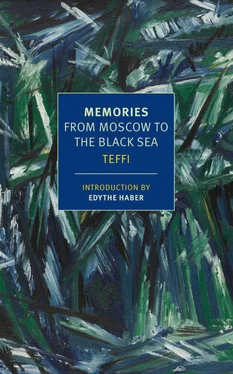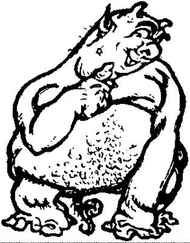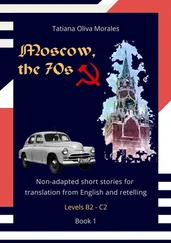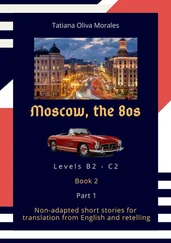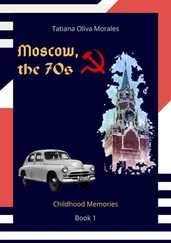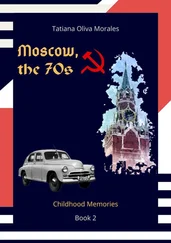From April until November 1918, the Ukrainian Head of State was titled “the Hetman.”
Bolshevik propaganda during these years often pictured capitalism and counterrevolution as a hydra—a monster with many heads.
The main street in Kiev, used as a promenade.
Leonid Sobinov (1872–1934) was a well-known tenor; he remained in the Soviet Union. Fyodor Kurikhin (1881–1951) was a well-known actor; he too remained in the Soviet Union. Yury Ozarovsky (1869–1924) was an actor, director, theater critic and drama teacher; he died in Paris. Vlas Doroshevich (1864–1922) was a journalist and writer of short stories; after living in the Crimea from autumn 1918, he returned to Petrograd in May 1921 and died there in February 1922. According to the literary historian Yury Kaplan, as many as eighty newspapers, magazines, and almanacs opened in Kiev at this time (Haber, chapter 6). It was widely felt that the realistic theater had had its day, and there was a vogue for cabarets, sketches, and short plays of all kinds. Teffi’s graceful witty playlets—the best-known of which was The Woman Question (1907)—were very popular. Teffi’s daughter Valeria writes: “She personally worked on the staging of her plays, giving the actors very valuable directions and often sketching the designs for the costumes with her own hands.” (Edythe Haber, chapter 3)
The Stray Dog was a café in Petersburg, a famous meeting place for writers and poets. Between January 1, 1912, and its closure on March 3, 1915, nearly all the main poets of the time—regardless of their political or artistic affiliations—gave readings there. Part of Teffi’s story “The Dog” (included in Subtly Worded [Pushkin Press, 2014!]) is set there.
Most likely, this was the actress Maria Zan’kovetska (1854–1934), a key figure in the revival of a Ukrainian national theater.
During her three months in Kiev, from October 7, 1918, until January 1919, Teffi published at least twenty articles and sketches, gave public readings, and helped to arrange for the production of several of her plays, as well as writing a new one-act play for the opening night of a new theater ( Teffi v strane vospominanii , pp. 11–13). Many thoughts, images and anecdotes from these articles—and from the three or four articles she published in Odessa between January and April 1919—reappear in Memories , in most cases treated with greater sophistication.
Symon Petlyura (1879–1926), a writer, journalist and socialist politician, was the leading figure in Ukraine’s unsuccessful struggle for independence. After the February 1917 revolution, he joined the Ukrainian Central Rada (“council”), which in June 1917 proclaimed Ukraine an autonomous republic. Soon after this, however, the Germans occupied Ukraine and established a puppet government led by Pavlo Skoropadsky, who was officially known as “the Hetman” (a historic title that had not been used since the seventeenth century). When the Germans withdrew, Petlyura, now heading the five-member directorate of the Rada, seized power. Petlyura then had to confront both the Reds and the Whites. When the White armies, which had occupied Ukraine and replaced Petlyura’s government at the end of 1918, withdrew in the autumn of 1919, Ukraine fell under Soviet authority. During the Russo-Polish War of 1919–20 Petlyura allied with the Poles. The Poles repelled the Red Army from Poland itself but failed to secure independence for Ukraine.
Mikhail Milrud (1883–1942) had previously, like Teffi, worked for the Russian Word . He was on the editorial board of Kiev Thought . From 1924 he edited a Russian-language newspaper in Latvia. Arrested in 1941, he died in the Gulag.
Ilya Vasilevsky (1883–1938) was a prominent journalist. Together with his wife, he left Kiev for Odessa and then Constantinople. Vasilevsky later returned to the Soviet Union in 1923. He was shot in the purges: http://www.bulgakov.ru/b/belozerskaya/.
In Dostoevsky’s Crime and Punishment Sonya Marmeladova is driven by poverty to prostitute herself. After going out onto the streets for the first time, she comes back home, wraps herself in a drap de dames (a very fine kind of fabric) shawl, and lies down on the bed with her face to the wall.
Count Alessandro di Cagliostro (1743–1795) was a famous Italian fraudster, Freemason, and occultist, supposedly gifted with magical powers.
Lenin’s biographer, Robert Service, thinks it unlikely that Lenin ever had any contact with Duclos (personal email, April 2015).
In November 1918, Teffi published an article titled “Armand Duclos” ( Teffi v strane vospominanii , pp. 188–91). Much of it is about the arguments between those who believed in Duclos’s clairvoyant powers and those who saw him as a trickster. In the last fifteen lines, however, Teffi strikes a different note. After emphasizing how everyone, no matter what their social position or political allegiance, asks Duclos essentially the same simple questions about love and happiness, she continues:
Always the same: we want to hold our little human happiness and take it away with us. To a place where no one will steal it from us.
Yes, the most ambitious, most ascetic, most ideologically committed builder of a new life, just like a simple stonemason, feels the need to come back home in the evening. To light his lamp, open his book, and smile into affectionate, loving eyes.
Armand Duclos! Brilliant clairvoyant! Look closely—will we yet meet happiness and be able to hold onto it? Surely we must!
How pitiful we all are.
Vladimir Vinnichenko (1880–1951) was a leading Ukrainian writer and nationalist politician. He was the chairman of the council of five, “the Directorate,” that ruled much of Ukraine in late 1918 and early 1919. Petlyura was a member of this Directorate, as well as commander of its army.
The Hetman, Skoropadsky, had been supported by the Germans. When the Germans withdrew, many of his officers and soldiers deserted and went over to Petlyura and the Directorate. See note 54.
The Kiev Pechersk Lavra. This cave monastery, founded in 1051 by Orthodox monks from Mount Athos, is believed to contain the uncorrupted bodies of saints from the days of Kievan Rus, the medieval Slav kingdom that embraced Christianity in 988. Present-day Russia, Ukraine, and Belarus are all descended from this first important kingdom of eastern Slavs.
In “Slain Servants of the Lord,” an article published in Kiev in December 1918, Teffi wrote:
Horror, and words about death, no matter with how much emotion they are pronounced, no longer disturb us. They are now our simple, everyday vocabulary, as normal for us as “health” or “money.”
They do not call up any vivid, or painful, image in our minds.
“Where’s A?”
“Seems he’s been shot.”
“Where’s B?”
“Seems he’s still alive.”
We all seem to be alive, or maybe we seem to have died.
There in that “seems” we sway, like ghosts in the mist on a moonlit night.
A woman’s perfume, created by Jacques Guerlain in 1908.
Читать дальше
